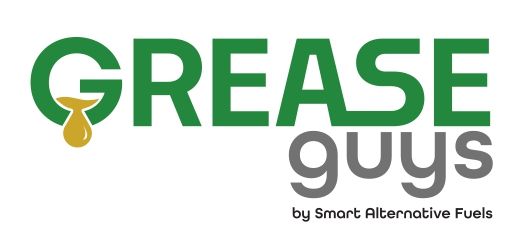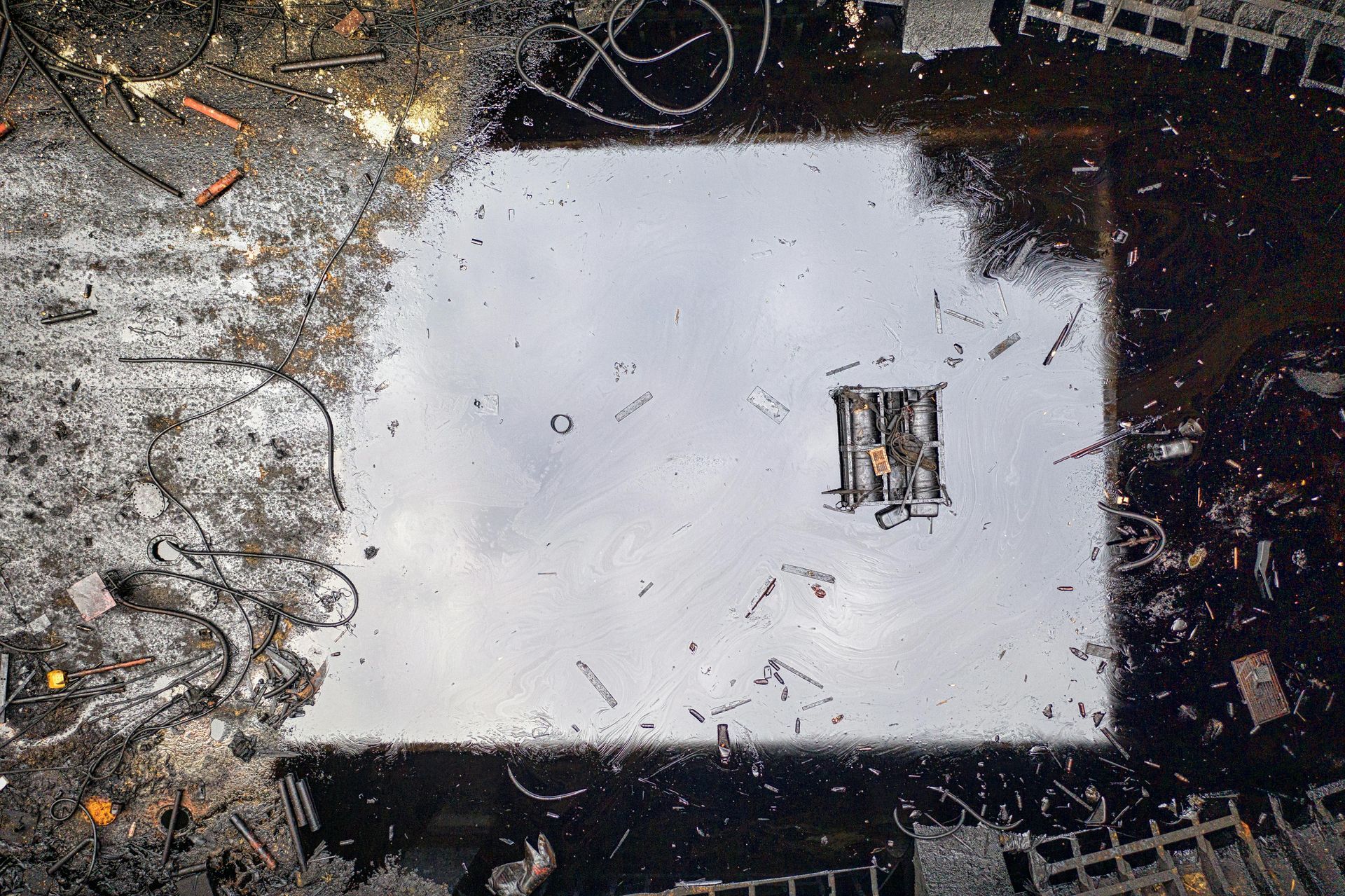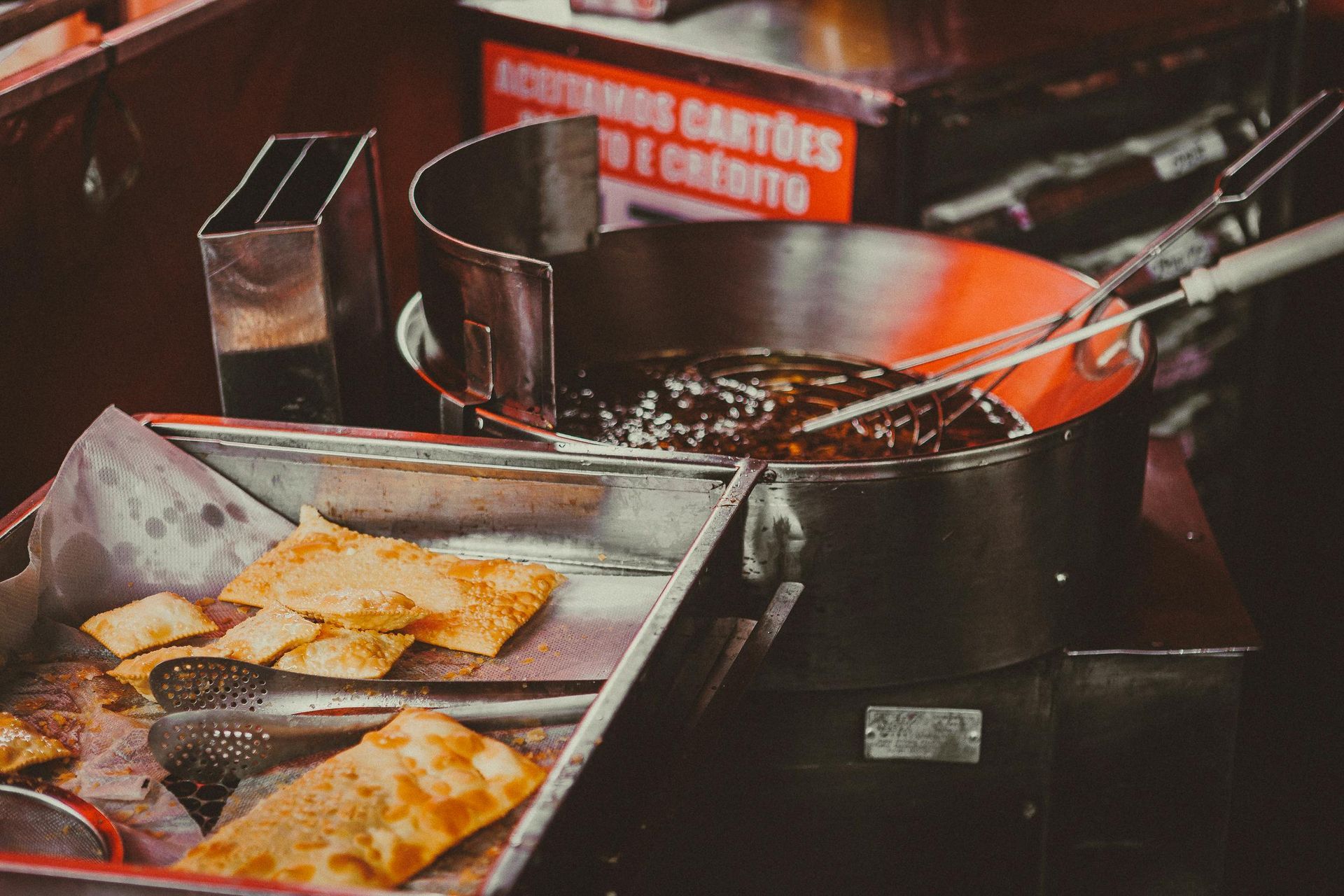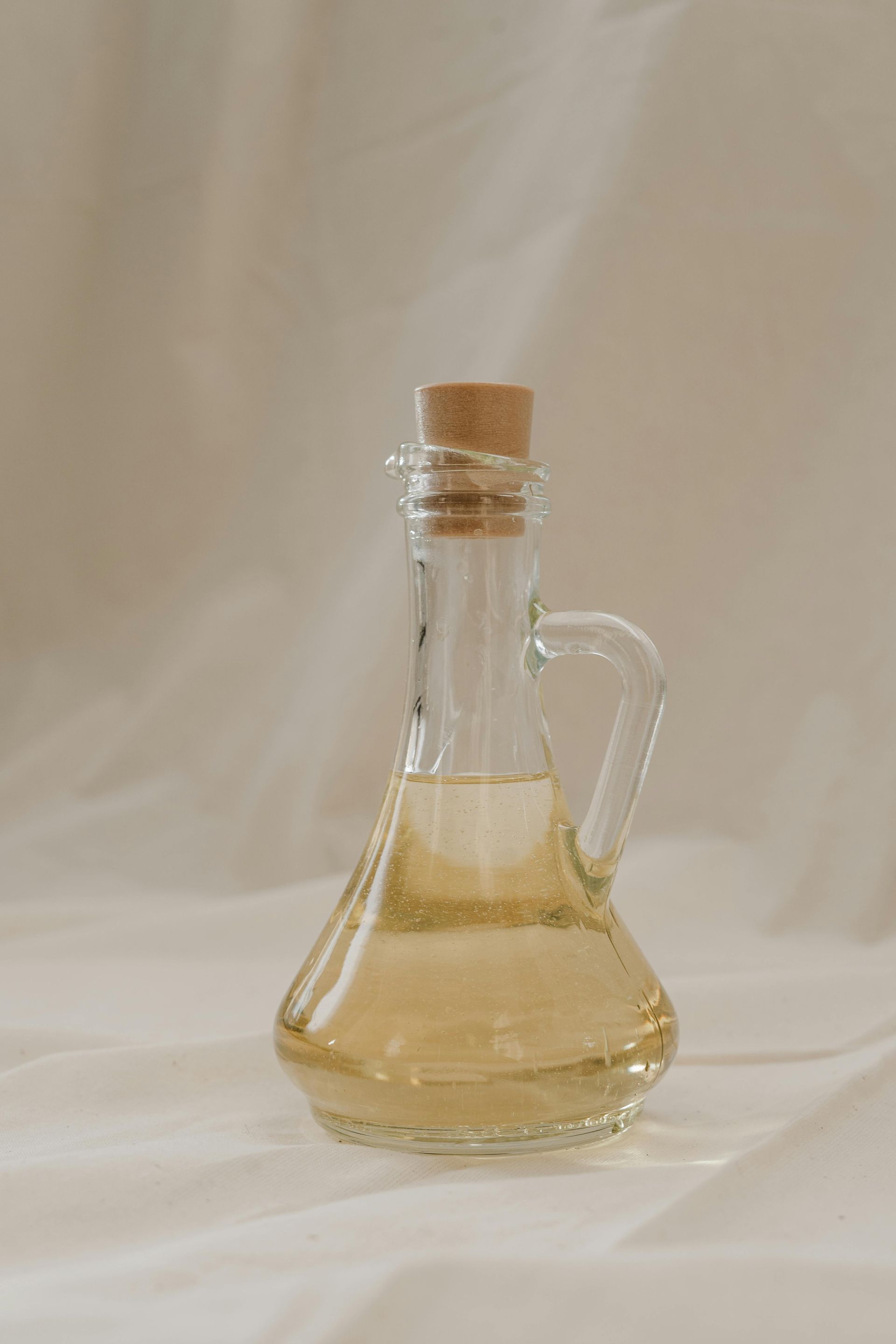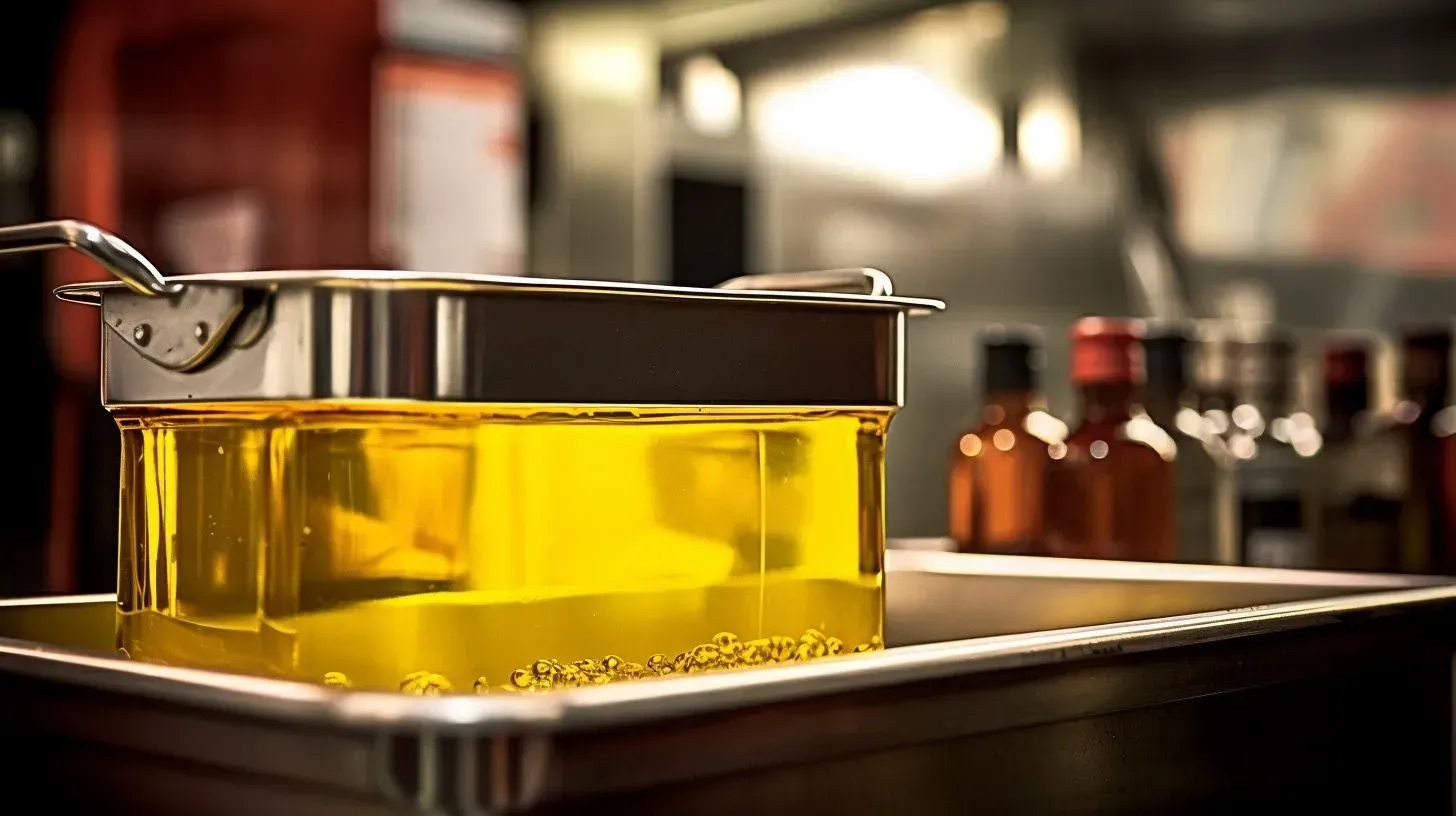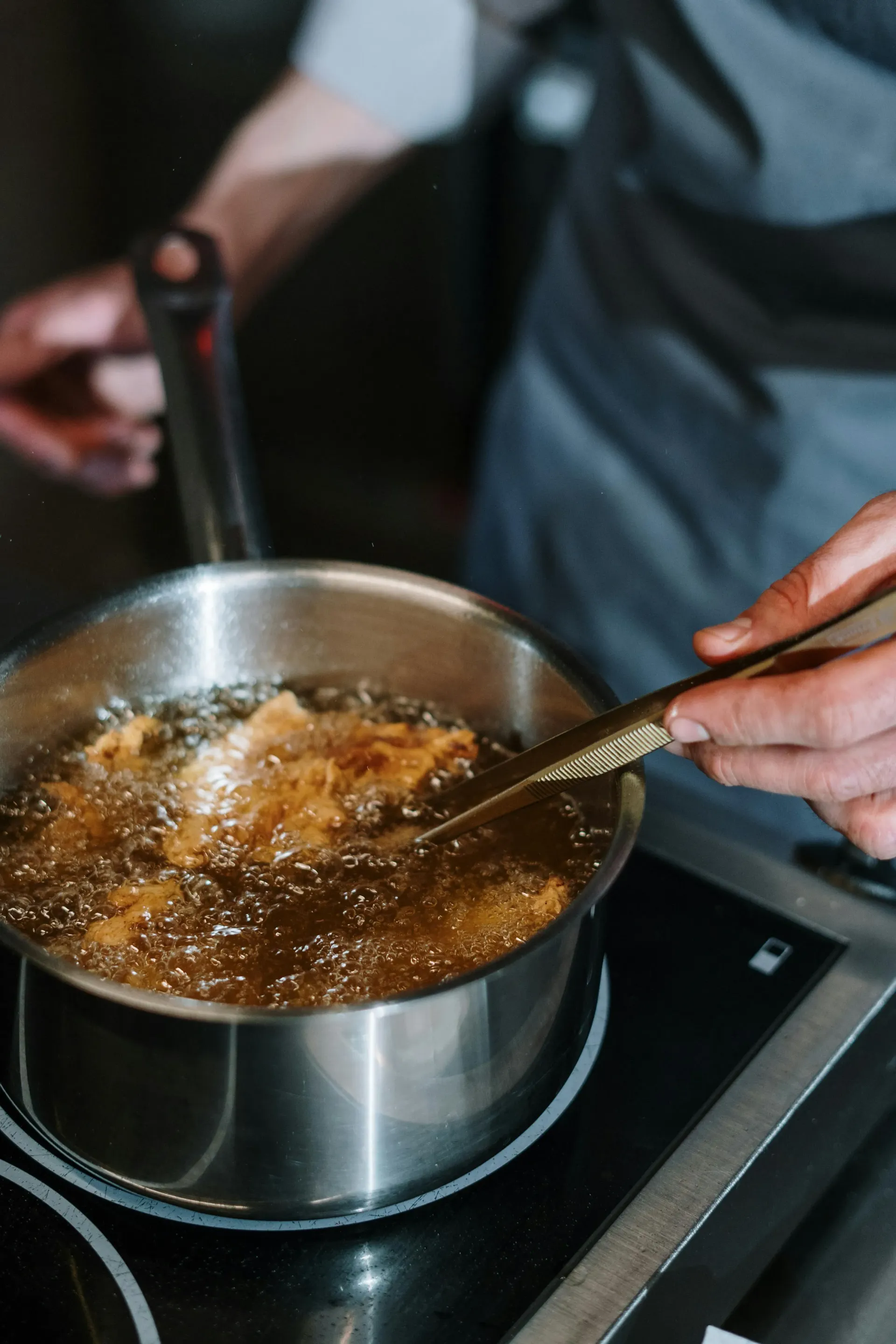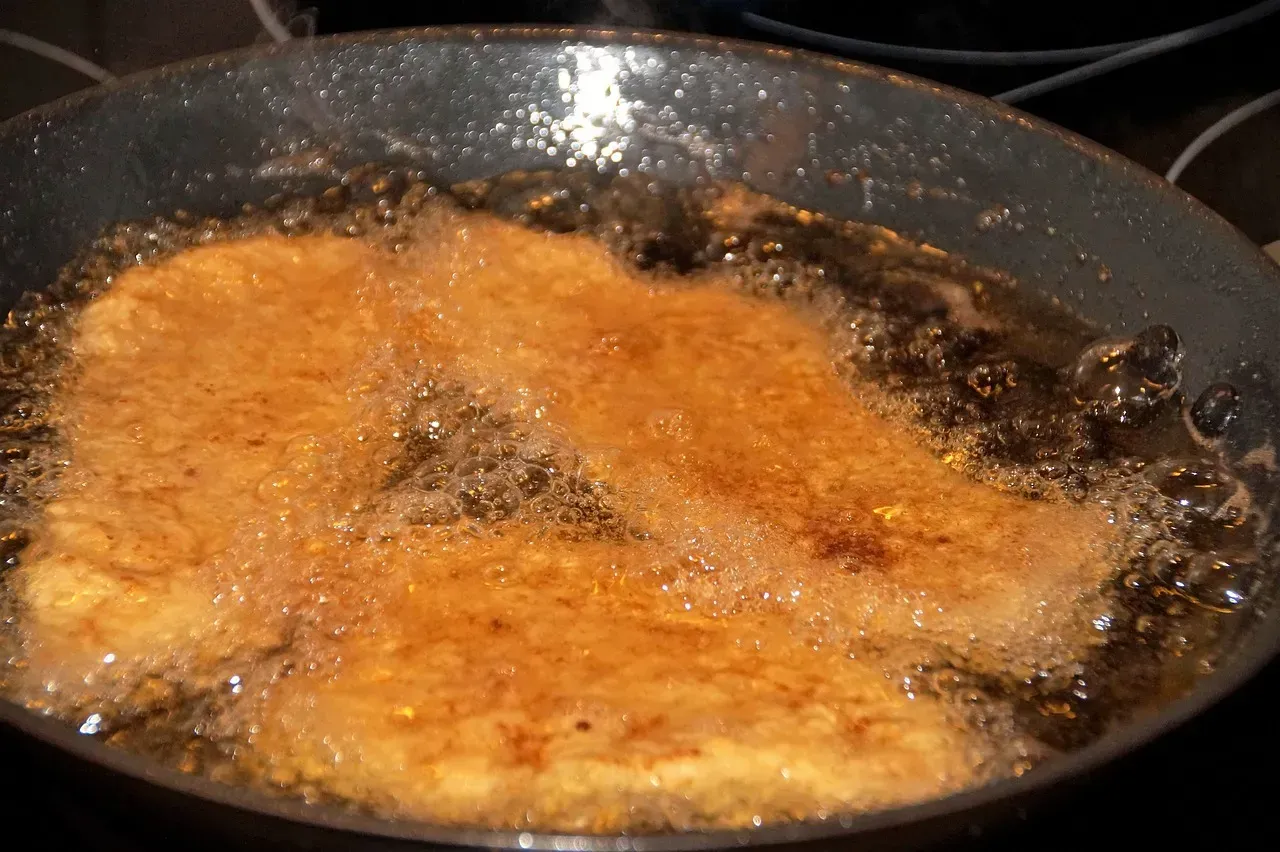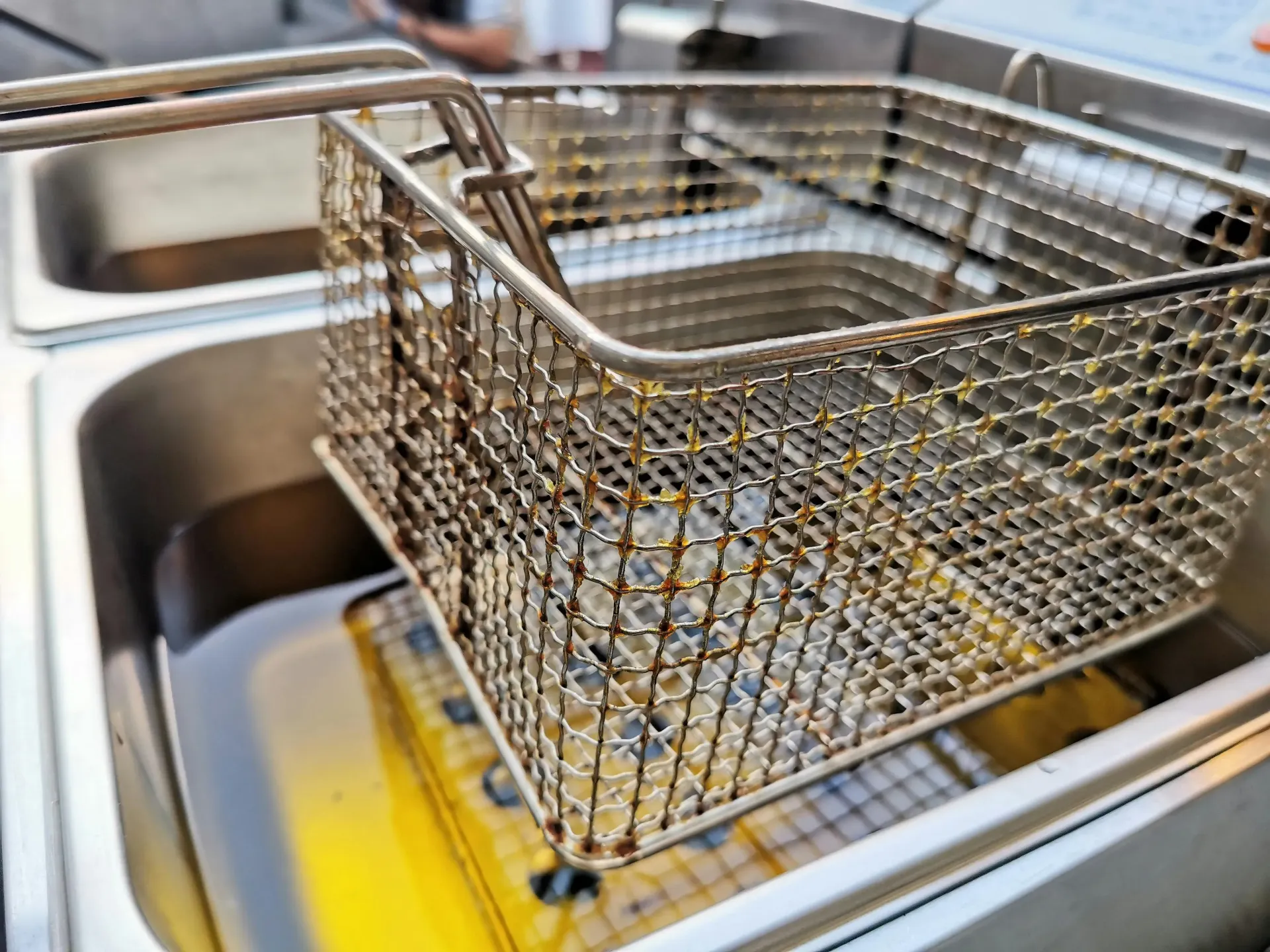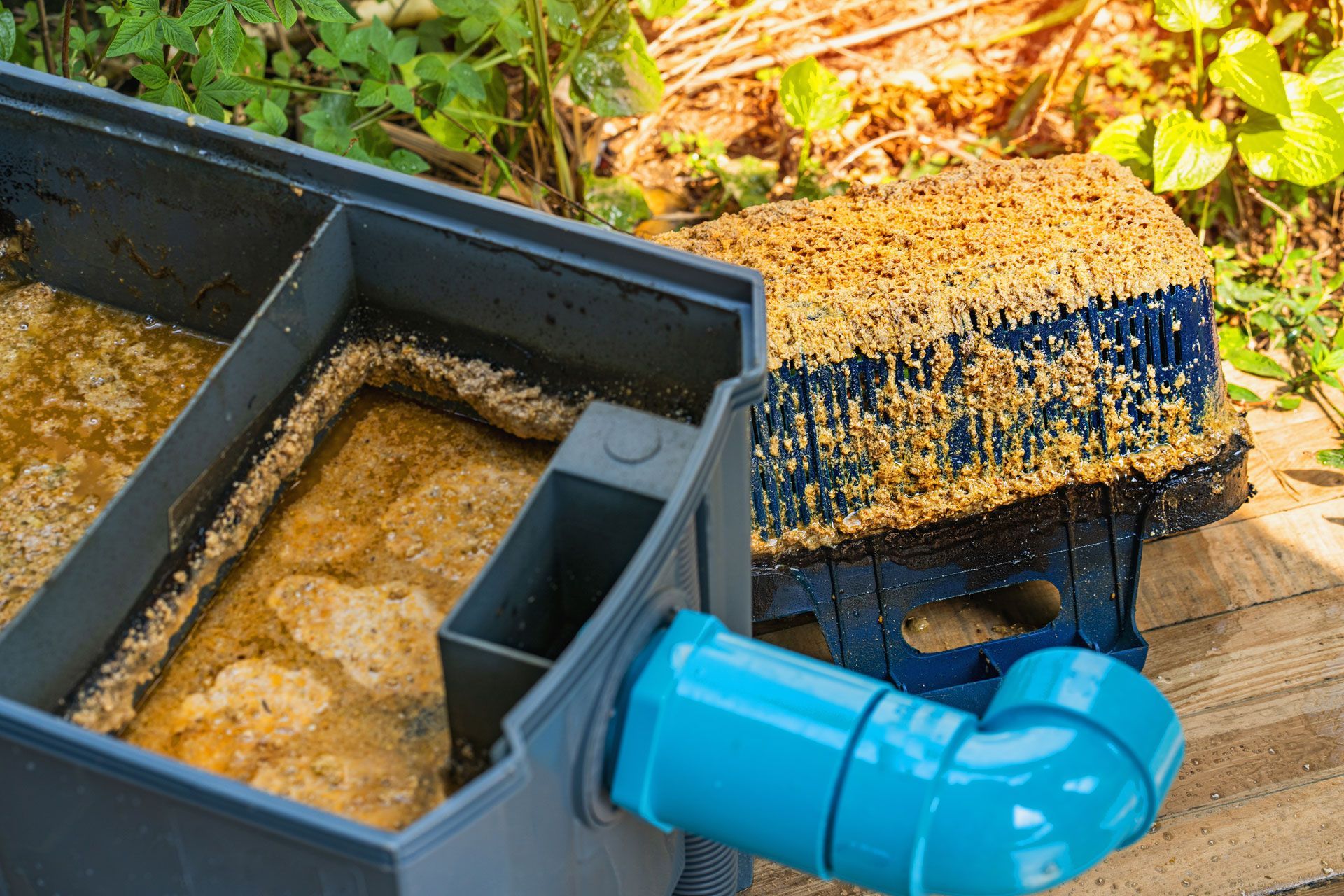
How Much Does Grease Trap Pumping Cost in Washington?
Grease traps keep commercial kitchens running smoothly. They stop fats, oils, and grease (FOG) from clogging wastewater systems, helping businesses avoid plumbing issues and stay compliant with local health codes. Like any piece of equipment, grease traps need regular maintenance.
Wondering how much it costs to pump a grease trap in Washington? You’re in the right place. We’ll break down what affects the price, share average costs, and explain why staying on top of maintenance matters. By the end, you’ll know exactly what to expect and how to choose the best service for your needs.
What Is a Grease Trap?
A grease trap is a plumbing device that captures fats, oils, and grease (FOG) from wastewater before it enters the sewer system. These traps are commonly used in commercial kitchens and restaurants where grease and food particles can quickly overwhelm plumbing if not properly managed. By catching FOG early, grease traps help keep kitchens running smoothly and prevent costly repairs.
Why Are Grease Traps Important?
Grease traps aren’t just helpful—they’re critical for the safe and efficient operation of any commercial kitchen. Without them, grease can solidify in pipes, leading to blockages, backups, and even plumbing emergencies. Beyond the risk of damage, failing to maintain grease traps can result in fines or health code violations, as many cities in Washington enforce strict regulations on FOG disposal. Regular maintenance isn’t just about keeping things running; it’s about staying compliant and protecting your business’s reputation.
How Does a Grease Trap Work?
Grease traps use a simple yet effective design to separate grease and solids from wastewater. When water flows through the trap, grease and oils rise to the top, solids sink to the bottom, and only the treated water exits into the sewer. Over time, these traps fill with grease and debris, reducing their effectiveness. That’s why regular pumping is essential to ensure the trap works properly and doesn’t cause backups.
Factors Influencing Grease Trap Pumping Costs in Washington
Several factors impact how much you’ll pay to pump your grease trap in Washington. Understanding these variables can help you budget for maintenance and avoid unexpected costs.
Size of the Grease Trap
The size of your grease trap is one of the biggest factors affecting the price. Smaller indoor traps, typically found under sinks, cost less to pump than larger outdoor interceptors. For example, a 20-gallon trap will generally cost less to service than a 1,000-gallon interceptor. Larger systems require more labor and time to clean, which increases the overall cost.
Location and Accessibility
The location and accessibility of your grease trap also play a role. Grease traps in hard-to-reach places, like basements or tight crawlspaces, might take more effort to service, which could add to the price. Outdoor interceptors are often easier to access, but weather and site conditions might still affect costs.
Frequency of Maintenance
Regular maintenance can save money in the long run. A grease trap that hasn’t been cleaned in months will likely require more time, effort, and potentially additional fees to handle excessive buildup. Many businesses save money by scheduling routine cleanings, which prevent the buildup of FOG and solids.
Condition of the Grease Trap
The overall condition of the grease trap can also influence the cost. A well-maintained trap is quicker and easier to pump compared to one that’s been neglected. If your trap is damaged or has excessive buildup, the service provider may charge more for repairs or deep cleaning.
Average Cost of Grease Trap Pumping in Washington
Knowing the average costs for grease trap pumping in Washington helps you plan your maintenance budget. While prices vary based on factors like size, location, and condition, here’s a breakdown of typical costs
Indoor Grease Traps
Indoor grease traps, often found under sinks, are smaller and generally cost between $175 and $475 per cleaning. These traps are easier to access and require less labor, which keeps costs on the lower end. However, if the trap hasn’t been serviced in a while or has excessive buildup, the price may increase.
Outdoor Grease Interceptors
Outdoor grease interceptors are larger and handle higher volumes of wastewater, making them more labor-intensive to clean. Pumping costs for outdoor interceptors in Washington usually range from $225 to $700, depending on the size and how accessible the unit is.
Additional Costs to Consider
Beyond the standard pumping fee, there are potential extra charges to keep in mind:
- Emergency Services: If you need immediate service due to a backup or overflow, expect higher rates.
- Difficult Access: Traps in hard-to-reach locations or areas requiring special equipment may result in extra fees.
- Excessive FOG Content: If the grease trap is overfilled or heavily caked with solids, the service may take longer, increasing the cost.
Regular maintenance and cleaning schedules can help you avoid these additional costs and keep your grease trap in good condition.
Importance of Regular Grease Trap Maintenance
Keeping up with regular grease trap maintenance isn’t just a good idea—it’s essential for the success and smooth operation of any food service business. Skipping maintenance can lead to costly repairs, health code violations, and even business interruptions.
Avoid Costly Repairs and Plumbing Emergencies
Over time, grease, oils, and solids build up in the trap and reduce its efficiency. When left unchecked, this buildup can clog pipes, cause backups, and lead to expensive plumbing repairs. Regular pumping ensures your system stays clear and prevents emergencies that could disrupt your operations.
Stay Compliant with Local Regulations
In Washington, food service businesses must comply with local health and environmental codes. These regulations often require regular grease trap cleaning to prevent FOG from entering the sewer system. Falling behind on maintenance could result in fines or even temporary closure.
Protect Your Business Reputation
Nothing turns customers away faster than foul odors or health code violations. A neglected grease trap can lead to both. By staying on top of maintenance, you protect your reputation and show customers that you prioritize cleanliness and professionalism.
Save Money in the Long Run
Regular grease trap pumping is an investment in your business. It helps extend the life of your plumbing system, avoids costly emergencies, and ensures compliance with regulations. Scheduling routine cleanings costs less over time than dealing with the fallout of a neglected system.
Choosing a Grease Trap Pumping Service in Washington
Finding the right grease trap pumping service in Washington is key to keeping your system running efficiently. A reliable service provider will ensure your trap is properly maintained and help you avoid unnecessary headaches.
Check Licensing and Certification
Start by making sure the company is licensed and certified to handle grease trap maintenance. This ensures they follow local regulations and have the proper training to perform the job safely and effectively. Licensed providers are also more likely to dispose of FOG waste in an environmentally responsible way.
Look for Experience and Reputation
Experience matters when it comes to grease trap services. Look for a company with a proven track record in the industry. Read reviews, check testimonials, and ask for references if needed. A service provider with a solid reputation is more likely to deliver consistent, high-quality results.
Consider Service Agreements
Many companies offer service agreements or maintenance plans. These plans provide regular cleanings on a set schedule, so you don’t have to worry about missing a pumping. Service agreements can often save you money compared to scheduling one-time cleanings, especially if your business produces a lot of grease.
Evaluate Customer Service
Good customer service makes all the difference. Choose a provider that communicates clearly, shows up on time, and is transparent about their pricing. A professional team should answer your questions, provide clear estimates, and explain their process so you know exactly what to expect.
Conclusion
Regular grease trap maintenance is essential to keeping your business compliant, efficient, and free from costly plumbing emergencies. Whether you manage a restaurant, casino, or industrial facility, staying proactive with grease trap cleaning and oil collection helps you avoid disruptions and maintain a safe, professional environment.
Why Choose Grease Guys?
Here at Grease Guys, we roll up our sleeves so you don’t have to. Serving Washington, Spokane, Sand Pointe, Western Idaho, and North Oregon, we specialize in grease trap cleaning, grease trap pumping, and cooking oil collection. From eco-friendly practices to round-the-clock service, we’ve got the expertise to handle grease management for restaurants, casinos, and industrial facilities.
Let us take the hassle out of grease management so you can focus on what you do best. Whether it’s a routine schedule or an emergency, Grease Guys is your go-to solution for keeping operations smooth, compliant, and stress-free.
Get Started Today!
Ready to take the stress out of grease trap maintenance? Contact Grease Guys now for professional, reliable, and eco-friendly grease management services. Call us or book online to schedule your first service and keep your business running clean.
FAQs
How often should grease traps be pumped?
The frequency depends on the size of your grease trap and the volume of FOG your business produces. Most establishments in Washington follow the "25% rule," which means cleaning the trap when it’s 25% full of grease and solids. For smaller indoor traps, monthly cleaning is common, while outdoor interceptors might need pumping every three to six months.
What happens if I don’t pump my grease trap regularly?
Neglecting grease trap maintenance can lead to severe clogs, backups, and plumbing emergencies. It may also result in health code violations, fines, and costly repairs. Regular pumping prevents these issues and keeps your business compliant with local regulations.
Is grease trap cleaning required by law?
Yes, most municipalities in Washington require regular grease trap maintenance to comply with health and environmental codes. FOG entering the sewer system can cause blockages and environmental damage, so businesses must ensure their traps are functioning properly.
Does Grease Guys offer emergency services?
Yes, Grease Guys provides round-the-clock emergency grease trap cleaning and oil collection services. If you experience a backup or other urgent issue, you can count on us to respond quickly and efficiently.
Do you offer service plans?
Absolutely. Grease Guys offers customized service plans to fit your needs, whether you require monthly, quarterly, or semi-annual cleanings. Our plans ensure your grease traps and oil collection systems stay in top condition without the hassle of scheduling each time.
